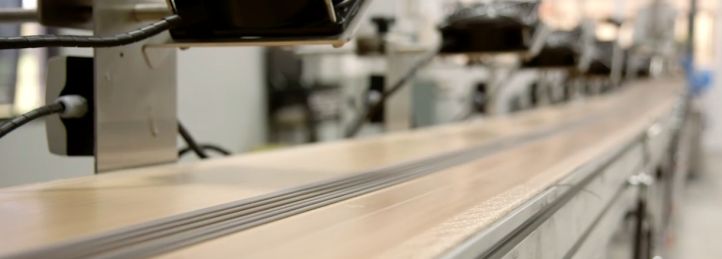blog 

MIM Series Part 1

Many people ask me to explain what MIM is. This six-part series will help you understand the basics of MIM and the process your part would go through if MIM is the correct offering.
For more information on our MIM process, contact our engineering team today!
MIM Process
First, what is MIM? MIM has a unique combination of the strength and durability of metal with the design flexibility of the injection molding process. At OptiMIM we have two different types of MIM – standard and multi-slide. Both types have similar advantages. You can create designs with complex geometries, combine multiple parts, enhance features on parts, dramatically reduce cycle times, and obtain greater precision and consistency. We will get into the specifics of each type in another blog post. For now, let’s talk about the steps in the MIM process.
There are four steps to the MIM process – compounding, molding, debinding, and sintering. These four steps plus feedstock will compromise the next five parts of this blog series. Below is a short description of each process. Look for the more in-depth blogs in the coming weeks.
Feedstock/Compounding
MIM uses metal powders mixed with a plastic and wax binder, called feedstock, as the basis of what your part will eventually become. By mixing our own feedstock, we can give our customers a wide range of metals to choose from. NiFe, 316SS, 420SS, 17-4SS, titanium, and copper are a few of the choices that customers can select. They could also choose from our pre-alloyed metal powders, if that better suits their needs. Once the feedstock is mixed, it is processed through a twin-screw extruder. The extruder then pelletizes the feedstock.
Molding
The pellets are loaded into either a standard MIM machine or our proprietary multi-slide MIM machines. At this stage, the component is referred to as a “green part”. The geometry of the finished part will be the same as this green part, but about 20% smaller in size.
Debinding
This step in the process is where some of the binder that was put in the feedstock is removed. This process uses either heat or chemicals (or a combination of both) to remove the binders and prepare the part for sintering, the final step in the process. After a part’s binder is removed, it is considered a “brown part”.
Sintering
The brown part is now placed into either a continuous or batch vacuum furnace. The part is subjected to temperatures close to the melting point of the material. Before this stage, the part was still held together by a small amount of the binder. Sintering removes the remaining binder and also densifies it. This accounts for the 20% shrinkage mentioned earlier. The sintering process takes anywhere from 15-20 hours.
Part Two of this series will focus solely on the feedstock portion of the MIM process. If you have any questions or would like to speak with someone from our engineering team, contact us today!



